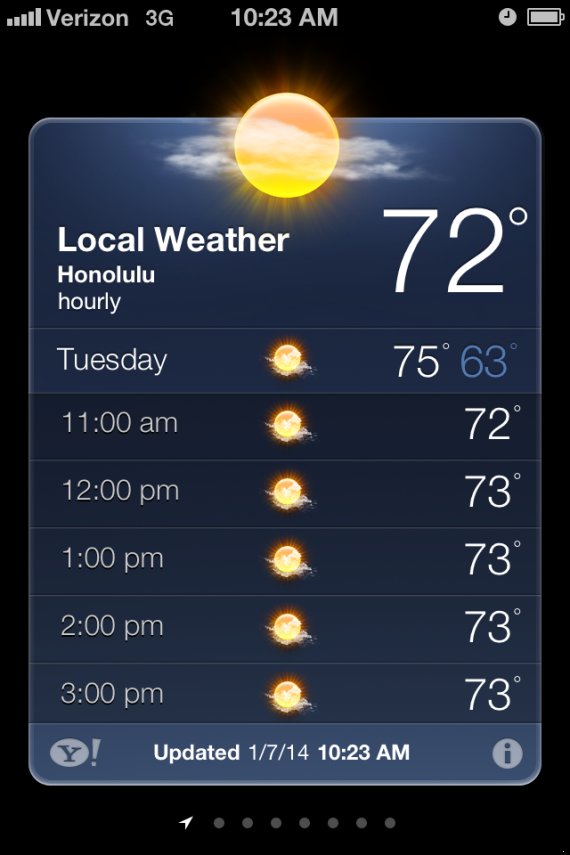Mortgages may be easier to get than potential home buyers believe
Many potential buyers think they need near-perfect credit scores to get a home loan. But lenders may be loosening their tight underwriting standards.
WASHINGTON — Are you on the home-buying sidelines this spring because you think you won't be able to qualify for a mortgage? Do you know what sort of FICO credit scores are being accepted by lenders at the moment — they're lower than they were a year ago — and whether yours could now be good enough?
You may be part of the surprisingly large crowd of folks who fear the home-loan unknown. A new national consumer survey found that 56% of potential purchasers of homes say they're out of the market because they don't want to face the possibility of rejection by lenders. Even 30% of current homeowners believe that they wouldn't pass muster today.
Using a statistical sample of 1,055 Americans 18 and older, survey research firm OmniTel, polling on behalf of mortgage lender LoanDepot, documented widespread uncertainty and lack of specific knowledge about current market conditions when it comes to qualifying to buy a home. According to the survey, 74% of potential buyers who would need a mortgage concede that they have not scoped out the current market or taken the steps needed to qualify.
Many potential buyers believe that they need near-perfect credit scores to get a home loan. Half of those surveyed said they had no idea what minimum FICO score is needed for a mortgage, and nearly a fifth (18%) said the minimum score might be 770 or higher.
Debt-to-income ratios are another insurmountable obstacle in many potential buyers' eyes — enough so that they don't even try to obtain a mortgage.
Most lenders use two forms of debt ratios: a "front end" ratio that compares the monthly costs of the proposed new mortgage and other housing expenses with the applicant's monthly income, and a "back end" ratio comparing all recurring monthly debt obligations — housing expenses, student loans, credit cards and the like — with the applicant's monthly income. Roughly a third of potential buyers on the sidelines believe that their debt ratios are too high.
But what's the statistical reality on debt ratios, FICO score minimums and down payments? What are lenders approving?
The best answers come from a company called Ellie Mae, whose loan origination and tracking software is widely used by lenders. Every month Ellie Mae analyzes a huge sample of new mortgage originations nationwide and issues an overview report rich with the sort of detail that buyers sitting on the sidelines could use.
Here's what it found in its report on March:
•Thirty-three percent of new loans last month had borrower FICO scores below 700. A year ago it was just 27%. (FICO scores max out at 850, which is considered excellent credit; applicants with scores under 700 present higher credit risks to lenders.) Federal Housing Administration-insured home purchase loans had an average FICO in March of 684. Conventional mortgages, those designed for purchase by investors Fannie Mae and Freddie Mac, still have relatively high FICOs — they averaged 755 in March, but that was down slightly from 759 a year before. Lenders are doing far fewer refinancings this year, so they are loosening up on FICO minimums for purchasers.
•Debt ratios also are more generous than many sidelined potential borrowers probably imagine. The FHA's average front-end (housing costs) ratio last month for purchase loans was 28%. In other words, if your projected housing and mortgage-related costs represent 28% of monthly income, you're average. Fannie Mae and Freddie Mac loans averaged 22% ratios on the front end. Back-end (total recurring debt) ratios for FHA averaged 41%. For Fannie and Freddie it was lower — 34%.
•Down payments can be small if that's what you need. FHA's average down payment last month for home purchases was 5%, but many borrowers put down just 3.5%. Fannie and Freddie allow 5% down as well, provided that you can pay mortgage insurance premiums. VA loans can go to zero down if your veterans status allows you to qualify. Department of Agriculture home buyer loans, which are designed for people who live in small towns, also allow for no down payments.
The point here: If you're on the sidelines, check out what's really going on in the mortgage market. There may be more opportunities — even in an era of tighter underwriting — than you think.







